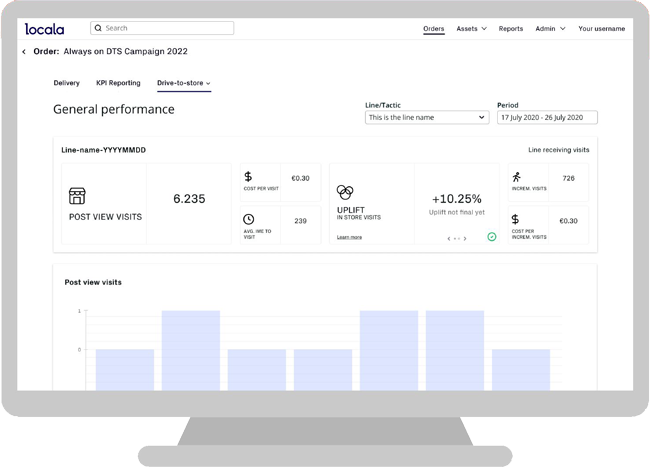April 13th, 2023 – Article by Pierre-Emmanuel Padiou
Online conversion metrics have been around for a long time. For the past 20 years, marketers have been measuring things like bounce rates, conversion rates, and multi-touch attribution in order to determine the success of their campaigns. However, when it comes to measuring foot traffic that’s tied to a physical brick & mortar location, it’s not that simple. As a result, brands have been turning to new types of data and attribution methodologies to accurately measure the success of their drive-to-store campaigns.
The Rise of Mobility Data
More and more, advertisers are turning to mobility data obtained with user consent due to the valuable location-first insights it provides. Mobility data allows brands and retailers to better understand consumer behavior based on how they move through the world. Not only does this help them better reach their target audiences, it also allows brands to measure if a user visits their store following ad exposure. This helps bridge the gap between online ads and a physical store location, allowing advertisers to analyze trends and adjust media investment across campaigns. With these insights in hand, brands can reach the right audiences while increasing the frequency of their visits, ultimately driving better return on investment.
Measuring Store Visits with Google
Contrary to more traditional advertising metrics, there is no real industry standard to define a “store visit”. Google and Facebook used to provide estimated metrics for this KPI, but now only Google offers a explanation of their methodology:
“ Store visits use anonymous, aggregated statistics which are then extrapolated to represent the broader population of your customers”
Google then uses a panel to adjust their models. As a walled garden ecosystem, Google can only share aggregated insights at the campaign level.
Measuring Store Visits with Locala
The Locala platform operates predominantly in the open web (as opposed to walled gardens) in order to provide full transparency to the brands and agencies we partner with. We believe that campaign data should be owned by the advertiser, and provide on-demand analysis of campaign performance upon request. This transparency and access to campaign data has been key in building the trust required to deliver against advanced and unique KPIs for our clients.

To capture store visits, Locala uses our POI Events Database that computes device dwell time while visiting or passing by specific points of interest. When a mobile device with location tracking capabilities comes within the building footprint, the POI event is triggered, which records the time and location of the event.
Then, our proprietary attribution and measurement technology leverages advanced algorithms to calculate lift values, all without the use of cookies. Brands can then leverage this data over the month to build audiences & insights, while optimizing specific targeting tactics within their campaigns.
Interested in learning more about measuring foot traffic with Locala? Get in touch with our team!